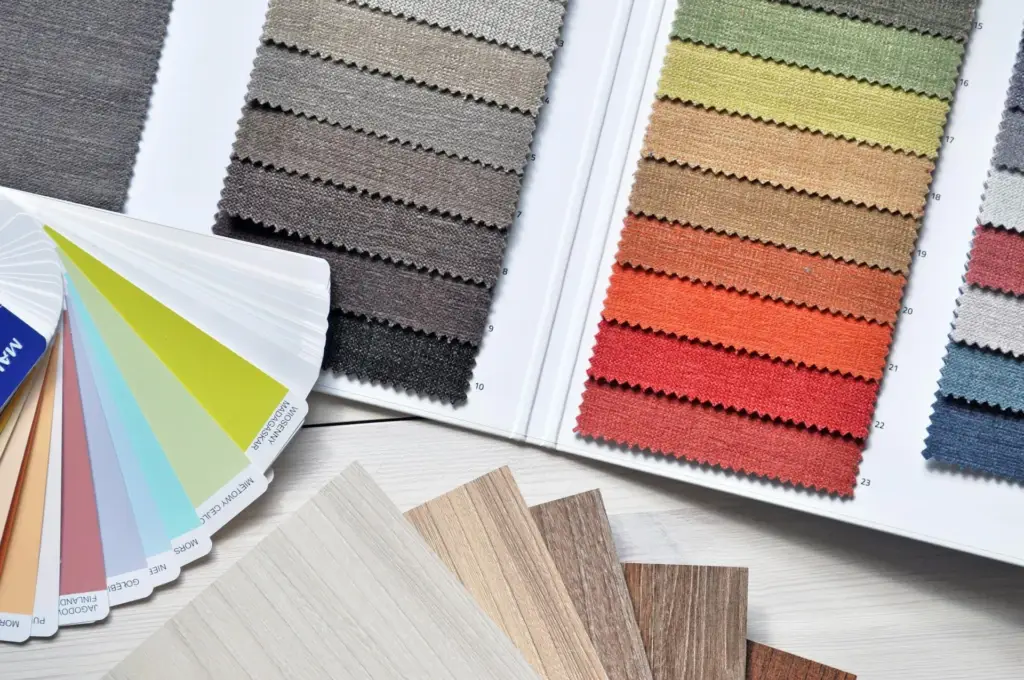Authenticity as the foundation of your brand
In a saturated market, authenticity has become the most powerful competitive advantage.
It’s not enough to have a pretty logo or eye-catching colors: your brand’s visual personality must reflect who you are, what you stand for, and how you want to be remembered.
Defining this visual personality correctly can make the difference between a brand that just looks good and one that connects emotionally with its target audience.

1. Start with your essence
Before you start choosing colors, fonts, or illustrations, you need to define your brand’s values, mission, and purpose.
To do this, think of your brand as if it were a person: How would it speak? How would it feel when interacting with your audience? How does your audience perceive it? And how old is it?
Strategy:
- Make a list of adjectives that describe your brand (e.g., approachable, innovative, fun, reliable).
- Prioritize 3–5 qualities that are at the heart of your visual identity.
This will serve as your compass for all design decisions.

2. Translate your personality into visual elements
Every visual decision should reflect your essence:
- Colors: They convey emotions. Warm colors = closeness; cool colors = professionalism.
- Typography: It communicates tone. Serif = tradition and seriousness; sans serif = modernity and freshness.
- Illustrations and graphics: Reinforce the narrative style. Minimalist style = clarity; expressive style = creativity.
Tip: Maintain consistency across all elements and avoid imitating trends that don’t fit your essence.
To explore color palettes aligned with your brand’s emotion, try tools such as Coolors or Adobe Color.

3. Get inspired without copying
It’s normal to look for references, but your brand must stand out.
Analyze other brands in your industry, identify what works, and then adapt those ideas to your unique visual personality.
Tip: Create a mood board with images, colors, fonts, and textures that truly represent your essence.

4. Test, adjust, and validate
Your visual identity should work across all touchpoints: website, social media, products, presentations.
Before making an official launch:
- Test your visual elements with your audience.
- Gather feedback.
- Adjust where necessary, without losing your essence.
Authenticity does not mean immediate perfection, but consistency and constant evolution.

5. Maintain consistency without losing flexibility
Your brand’s visual personality is not rigid; it must also adapt to new formats and current trends, but always reflect your essence.
A flexible visual system allows you to grow, explore new channels, and maintain an emotional connection with your audience.
Conclusion
Defining your brand’s visual personality is undoubtedly a balance between creativity, strategy, and authenticity.
Since it’s not about copying what others do, but rather translating your essence into every color, font, and visual detail so that your audience feels what you want to convey, your brand must reflect what makes it unique from the competition. It must be easy to identify among all the other brands on the market, easy to identify what you sell, and it must also be iconic and make an impact at first glance.
Take your brand to an authentic level
At Lyon Agency, we help startups and creative brands build consistent and authentic visual identities that reflect their essence and connect emotionally with their audience.
Explore our branding and visual identity portfolio

